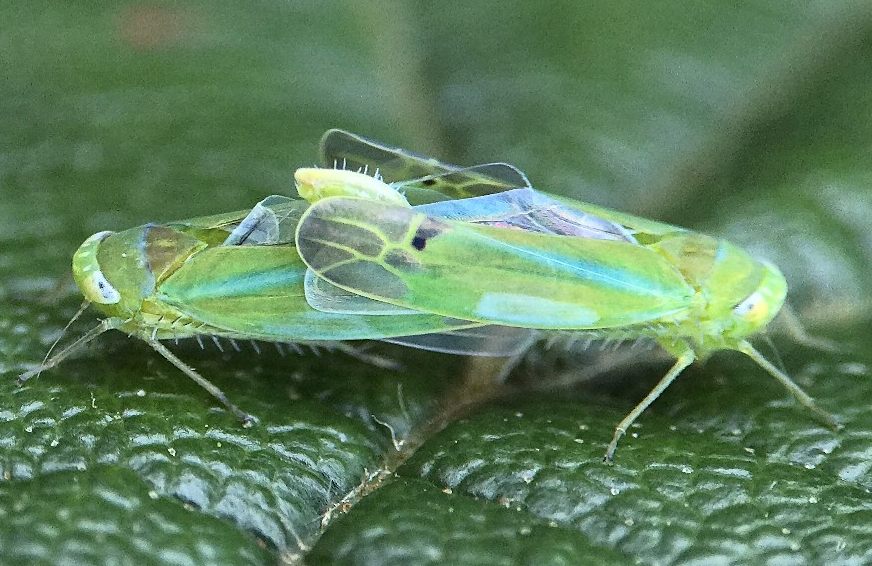| Family (Alpha): | |||
« |
 » » |
| CICADELLIDAE Members: | NC Records | |||||
|---|---|---|---|---|---|---|
Kyboasca atrolabes - No Common Name | ||||||
 © Ted Wilcox- note black spot |  © Ted Wilcox |  © Ted Wilcox- note wing pattern |  © Ted Wilcox |
|
Hoppers of North Carolina: Spittlebugs, Leafhoppers, Treehoppers, and Planthoppers |
| Family (Alpha): | |||
« |
 » » |
| CICADELLIDAE Members: | NC Records | |||||
|---|---|---|---|---|---|---|
Kyboasca atrolabes - No Common Name | ||||||
 © Ted Wilcox- note black spot |  © Ted Wilcox |  © Ted Wilcox- note wing pattern |  © Ted Wilcox |